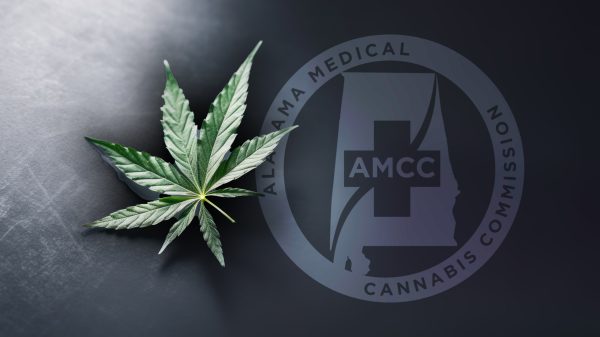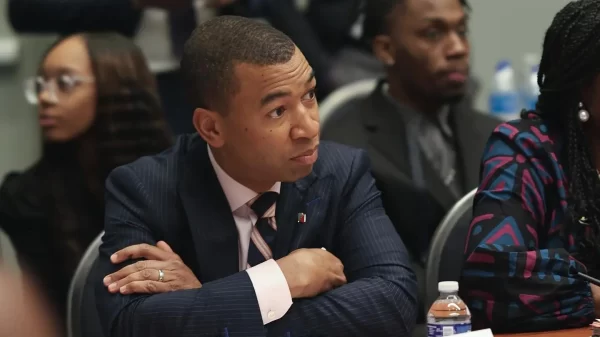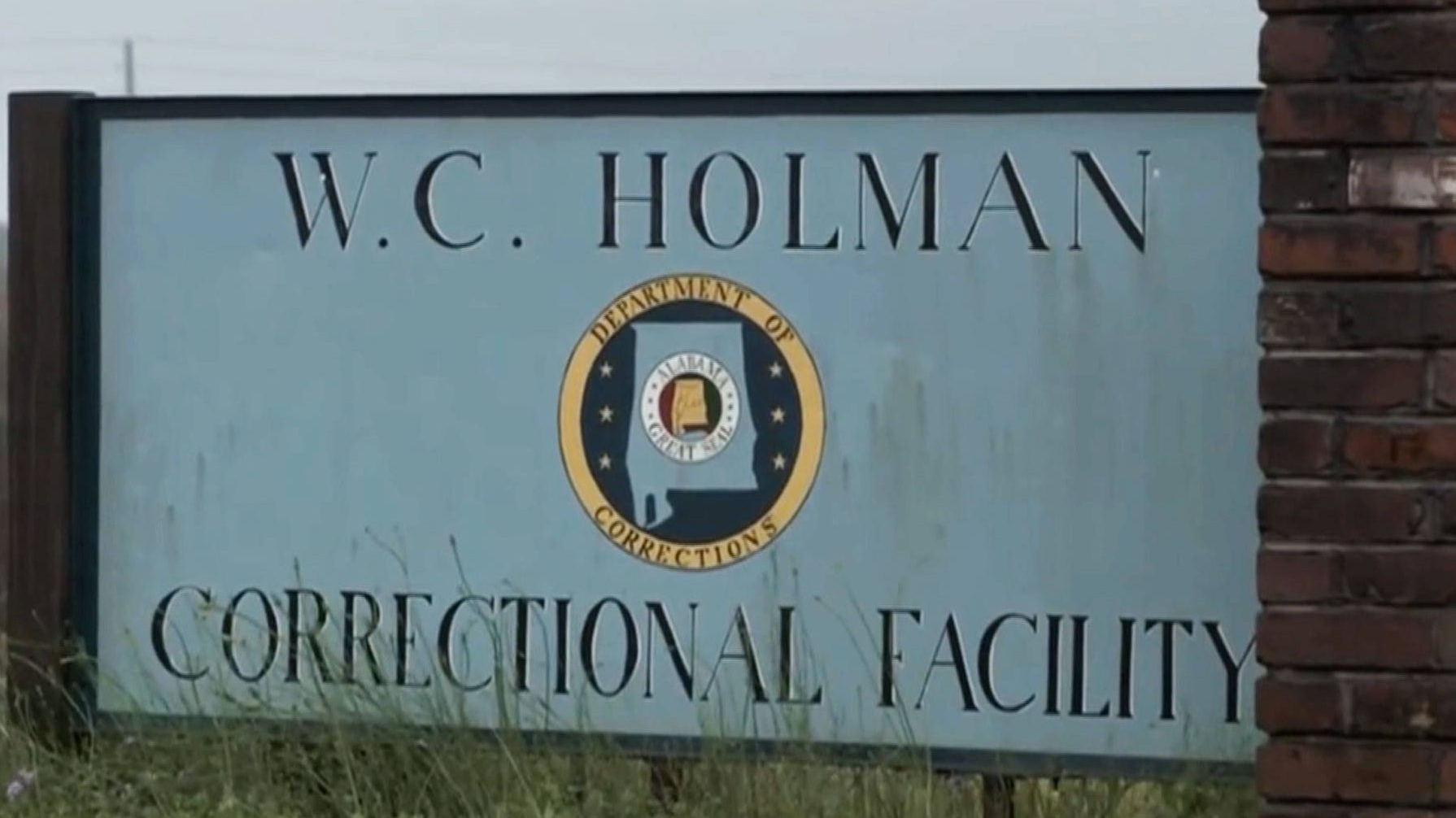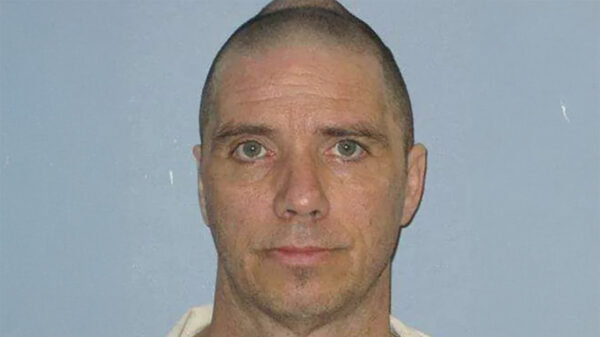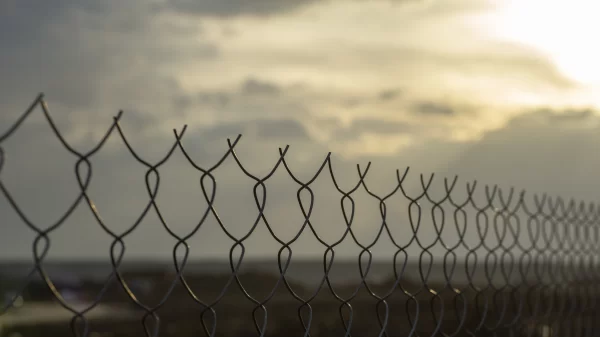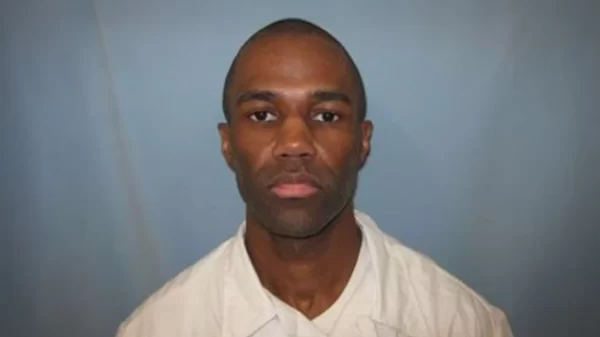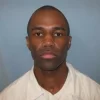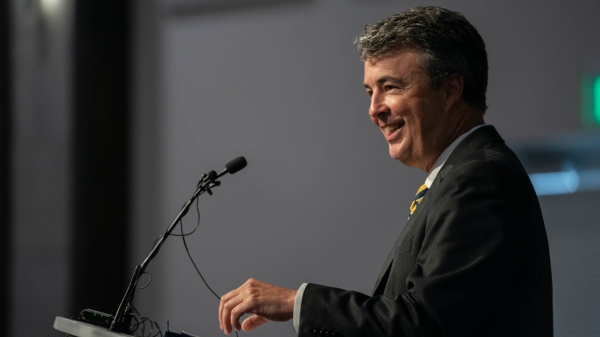|
Getting your Trinity Audio player ready...
|
A federal judge has ruled that the execution of Carey Dale Grayson, scheduled for Nov. 21, can proceed as planned. It will be the third execution using nitrogen gas in Alabama and the nation.
Grayson was convicted in 1994 for the murder of Vickie Deblieux, a 37-year-old woman who was hitchhiking when she was picked up by Grayson and three other teenagers. Grayson, who was 19 at the time of the crime, is the only one of the four teens still on death row. Two of the four had their death sentences overturned after the U.S. Supreme Court ruled that offenders who were minors at the time of the offense could not be executed.
In June, the Federal Defenders of the Middle District of Alabama filed a lawsuit that challenged the nitrogen gas execution method, saying it amounts to cruel and unusual punishment. Grayson had previously exhausted all methods of direct and postconviction appeals.
U.S. District Court Judge R. Austin Huffaker Jr. denied Grayson’s request for a preliminary injunction, which would block the execution method, stating that Grayson did not meet the legal threshold to claim that the method would constitute cruel and unusual punishment. In his ruling, Huffaker stated that Grayson’s evidence was purely speculative and provided insufficient evidence to prove that the nitrogen gas protocol carried an unacceptable risk.
While the state argues that it’s a swift and humane way to execute inmates, critics have raised concerns about its effectiveness. In particular, they point to the experience of two previous nitrogen gas executions this year in Alabama: Kenneth Smith in January and Alan Miller in September.
Although lethal injection remains the primary execution method in Alabama, inmates have the option to choose nitrogen hypoxia or the electric chair as alternatives. Grayson’s legal team presented evidence from news reports, which included descriptions from media witnesses who observed the executions of Smith and Miller, to argue that the nitrogen hypoxia method was not as quick or painless as the state claims.
Media witnesses reported seeing the men convulsing on the gurney for extended periods, followed by what appeared to be irregular, labored breathing. Huffaker wrote in his opinion that these reports were “hearsay eyewitness accounts of highly questionable value.”
Judge Huffaker also noted that the evidence presented during the trial was inconsistent, and he emphasized that despite conflicting eyewitness accounts, the nitrogen hypoxia protocol succeeded in causing death within 10 minutes, with unconsciousness occurring even sooner.
After hearing testimony from Alabama corrections officials and others about the earlier executions, Judge Huffaker concluded that the state’s nitrogen protocol had worked as intended.
“His evidence and allegations amount to speculation, a speculative parade of highly unlikely events, and scientific controversy at best,” wrote Huffaker.























